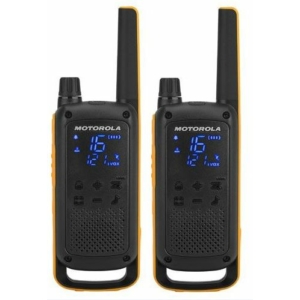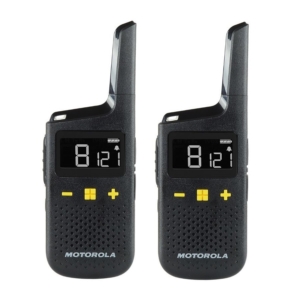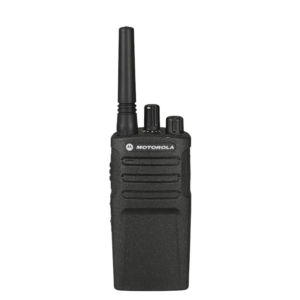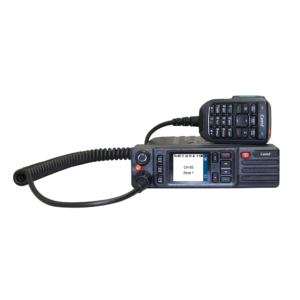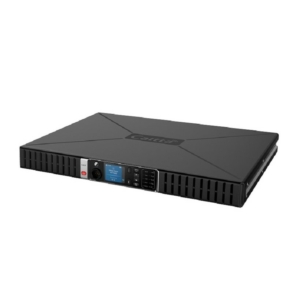Walkie-talkies can be useful in the winter, but there are a few things to look out for. It's not just people who can get "cold" in the cold.
In colder weather, it's not just your nose that gets red and your hands cold, but it's also not good for your electronics, including your transceivers, to "freeze" during extended periods of cold weather. Unprepared radios can get "cold". Batteries and accus also lose capacity in winter. We notice this by the fact that the battery in our fully charged radio runs down faster, meaning we can use it for a shorter time.

What is the solution?
If you use your radio predominantly for reception - for example, if you are a student on a ski course - you can safely put your walkie-talkie in the inside pocket of your jacket. You'll still hear the communication, but you can keep the radio warm. It's also a good idea to keep spare batteries warm, not in a place where they can get cold.
Moisture and humidity inside the device
If you have a handheld radio that does not have IPX protection against moisture, drips and other humidity, use it with care in cold, damp and snowy environments.
If you use your walkie-talkie while it's snowing, or if you're holding it in snowy, wet gloves, or if it falls out of your hand into the snow, you've got a problem. But it's not just snow that can cause problems! When we talk into the transceiver, the condensation that precipitates from our breath also immediately appears on the radio's casing, and tiny drops of water can seep into an ordinary device.
So how do I use the transceiver in cold and snow?
For example, with a headset or handheld speaker. You can keep the transmitter in your bag or in a jacket pocket, while the handset can be taken out and the handset is protected. If you still want to keep the device handy, it's useful to attach it to a neck strap to protect it from falling. Many walkie-talkie devices come with a carrying case, which is also very useful and provides protection in case of dropping it or in a light rainfall.

The best solution
Of course, it's best to carry a walkie-talkie that is specifically designed to withstand moisture: the Motorola Talkabout T82 Extreme walkie-talkie is IPX4 rated (meaning it is waterproof to a limited extent); or one of the best choices is the Motorola Talkabout T92 H2O walkie-talkie, which is fully waterproof.
Our other tips
Last but not least: don't charge your devices immediately after getting home from cold! Wait for them to warm up to room temperature before you plug them in. This rule also applies to placing batteries in an external charger.
And if you have to dry a transmitter that has accidentally got wet, do not place it directly on a hot surface - e.g. on a heater or other hot place. Remove the battery and the battery cover, and place the handheld radio on a piece of cloth, put it on the warm surface and leave it to dry for a few days.

